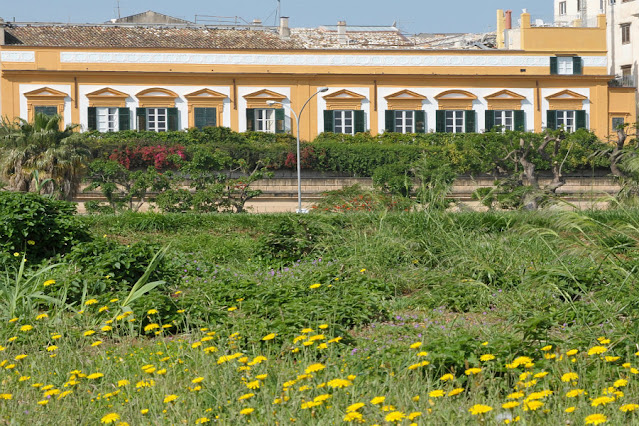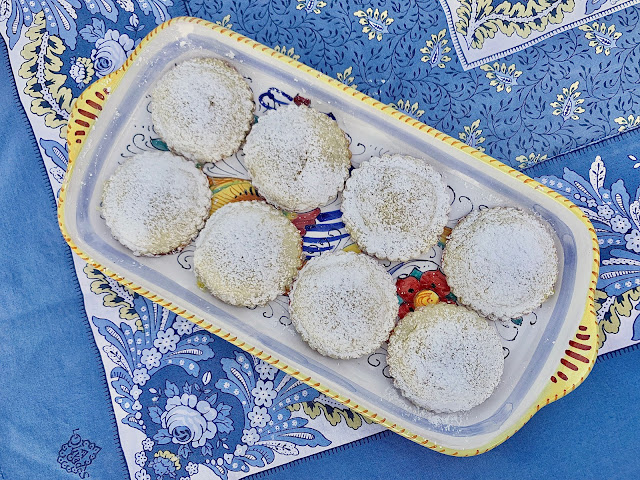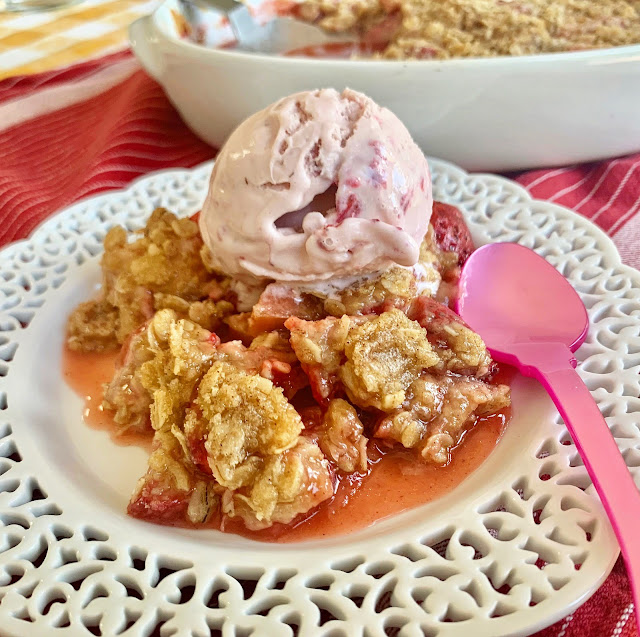On my recent trip to Sicily, I had the good fortune to cook with literary nobility. Let me explain. The above recipe from the cooking session appears at the end, so if you’re here just for the food, skip to the bottom of this post. But then you’d miss learning about a slice of Sicilian history.
One of my all-time favorite books is “The Leopard” by Giuseppe Tomasi di Lampedusa. I first read it in Italian (“Il Gatttopardo”) more than 30 years ago, and have read it in English twice since. It’s a masterpiece of literature and considered one of the 100 greatest books ever written, chronicling the decline of Sicily’s aristocracy, and the rise of the middle class during the unification of Italy in 1861, known as “Risorgimento.” Initially rejected by publishers, it was published in 1958, a year after the author’s death, and went on to become an international success, selling more than 3 million copies, in more than 30 languages. The book was also adapted into an opulent (and excellent) movie in 1963, starring Burt Lancaster, Alain Delon and Claudia Cardinale.
Tomasi di Lampedusa, who was himself a prince, modeled the main character (Don Fabrizio, Prince of Salina) after his great grandather, Don Giulio Fabrizio Tomasi, another prince of Lampedusa.
 |
The book’s main character was modeled after the author’s great grandfather, who was an amateur star-gazer, as is the protagonist in the book.
|
In the book, the prince dotes on his nephew and “adopted” son, Tancredi, while in real life, the author, who had no heirs, really did adopt his distant cousin, Gioacchino (Giò) Lanza Tamasi, who was already part of a different Italian aristocratic family.
Sadly, as I was writing this blog post, I learned that Giò died last week in his Palermo home – Palazzo Lanza Tamasi on via Butera, the palace that was once home to Lampedusa after his original home on via Lampedusa was bombed during World War II.

A few weeks ago, I found myself sitting next to Giò during a luncheon in the 17th century palazzo, following a wonderful day of shopping and cooking with his wife Nicoletta, the duchess. Although duke and duchess, they were extremely down-to-earth and use their first names in introductions.

It almost seems trivial to write about our deliciously fun day of cooking last month after learning of Giò’s death this week, but the classes are vital in maintaining the palazzo, since upkeep on Palermo palaces doesn’t come cheap. There are a number of apartments in the palace that Nicoletta rents out to visitors also. If you’re planning a trip to Palermo, do yourself a favor and check out her website: Butera 28.

We began the day with a short trip to one of the city’s markets — Capo — to buy provisions for the lunch, then Nicoletta directed us in the preparation for the various courses. The menu was printed for everyone, headlined by the family crest:

We strolled through their ample patio overlooking the sea, to harvest herbs and lemons for the meal:

We all took a hand in chopping, squeezing, peeling, stirring or whatever needed to be done — from the youngest —to the oldest (my husband and I, without a doubt)
Through it all, the energetic Nicoletta directed us with humor but also the conviction of a drill sergeant — “No, that’s still not chopped finely enough….” or “You missed some of the flesh, keep scraping the eggplant….
She cooked right alongside us, with a knowledgeable and sure hand in whatever task was needed. The kitchen was equipped with a fabulous batterie du cuisine:
And plentiful local ingredients, including capers from Pantelleria, which were used in the recipe at the end of this post.
When our preparations were complete, we sat down to a multi-course lunch in a gorgeous dining room overlooking the sea.
During lunch, it was a privilege to sit next to Giò. He was an accomplished music critic, author, professor, director of several theater and opera companies during his lifetime, and one-time director of the Italian Cultural Center in New York, just to name a few of his numerous achievements. He was keeper of the flame for his adopted uncle’s literary heritage, and with his death, it also feels like the last living legend of “Il Gattopardo” has also gone.
Nicoletta gave us a tour of the palazzo after lunch, starting with the vast library:
There were several sitting rooms, including this one with yellow upholstered furniture, precious tapestries, art work, and Venetian chandeliers.
Another room in the palace:
With a photograph of Giò and Nicoletta earlier in their 40-year marriage:
In addition to paintings with historic, religious or mythical subjects, family ancestors were also captured for posterity:
Including a couple of sketches of family members by Picasso:
But for me, the highlight of the tour through the palace was seeing the original manuscript of “Il Gattopardo” written in Lampedusa’s own handwriting:
It’s sad to think he didn’t live long enough to see the success and popularity of his masterpiece.
Here is a photo of the author with more of his handwritten manuscript:
The members of the cooking class had come from the U.S., France and Germany and were a happy, easy-going group of travelers.
While there were several courses, I’m posting the recipe for just one here — a potato salad that would be perfect for that picnic you might be thinking about now that the weather has warmed. I came back from Sicily armed with the salted capers from Pantelleria that Nicoletta uses in this recipe. I also brought back sea salt from nearby Trapani, where salt has been harvested for decades. If you aren’t planning a trip to Sicily, you can buy both online from Gustiamo.com. The photo below is the dish we prepared that day, using the famed red onions from Tropea, impossible to find in the U.S. In the absence of those, supermarket red onions will stand in just fine. We were too late to rent an apartment at Palazzo Lanza Tamasi. However, we rented a modern apartment in Lampedusa’s original palazzo that was bombed on Via Lampedusa, very centrally located in a quiet street.
The entrance includes a wall with writings from Lampedusa:
There are several apartments for rent. If you’re interested, send me an email and I will send you the rental info:
Check out Ciao Chow Linda on Instagram here to find out what’s cooking in my kitchen each day (and more).
Sicilian Potato Salad
Ingredients:
2 pounds (1kg) of potatoes
1 pound (1⁄2 kg) of tomatoes, optional
1⁄4 cup of salt preserved capers
1 tablespoon of dried oregano
1 medium red onion
Good red wine vinegar
Extra-virgin olive oil
Freshly ground pepper
Small new potatoes and Roma or San Marzano tomatoes would be ideal for this recipe.
Directions:
Steam the potatoes until done, peel and cut them in large chunks.
Put them in a bowl, let them cool.
If using, cut also the tomatoes in bite-size pieces, seed them and add them to the potatoes.
Thoroughly but delicately rinse the capers and gently pat them dry.
Thinly sliced the onion in rings.
Add the capers and the onion rings to the bowl.
Sprinkle the oregano and the pepper.
In a little jug, mix the oil and the vinegar (1/3 of vinegar and 2/3 of oil).
Dress the salad with this mixture just before serving, otherwise the potatoes absorb all the oil and become soggy.
Serves 6-8.










































